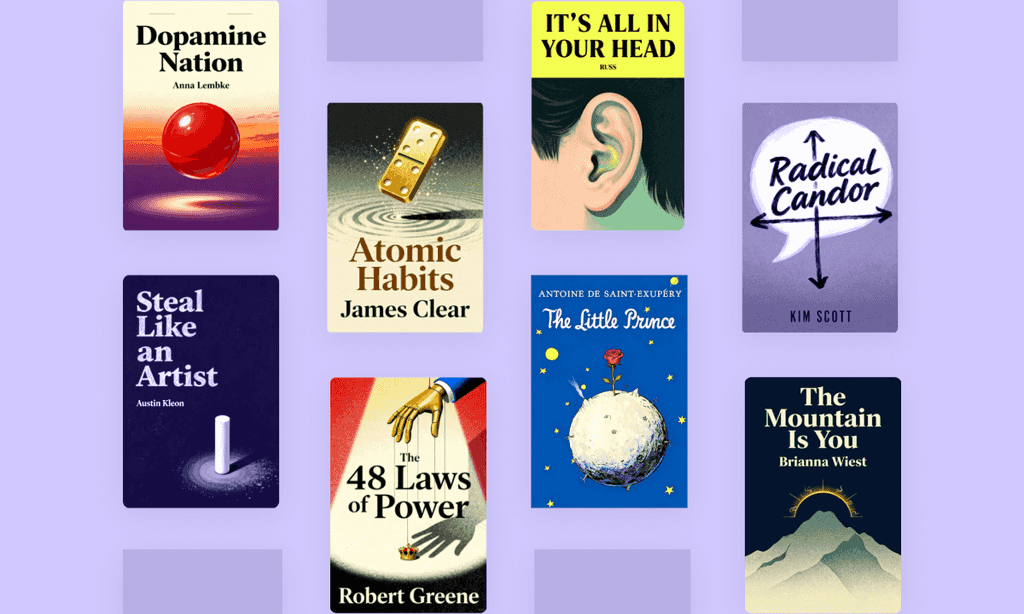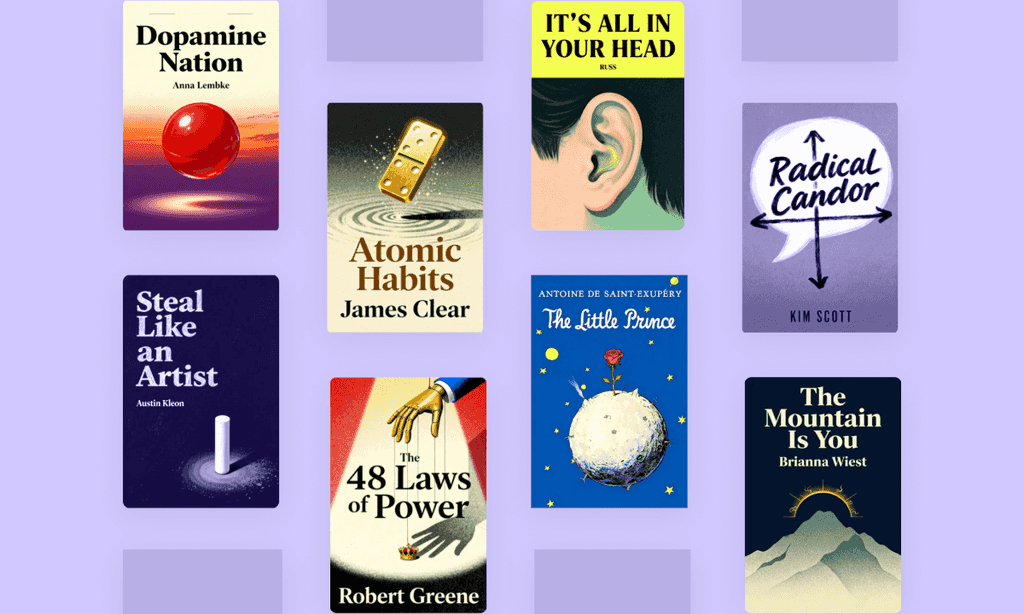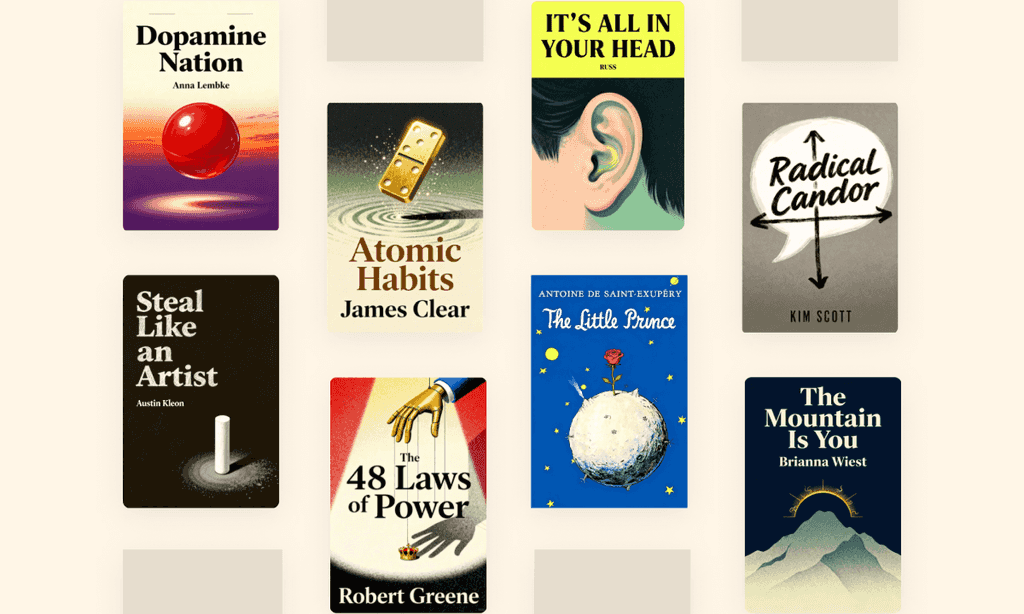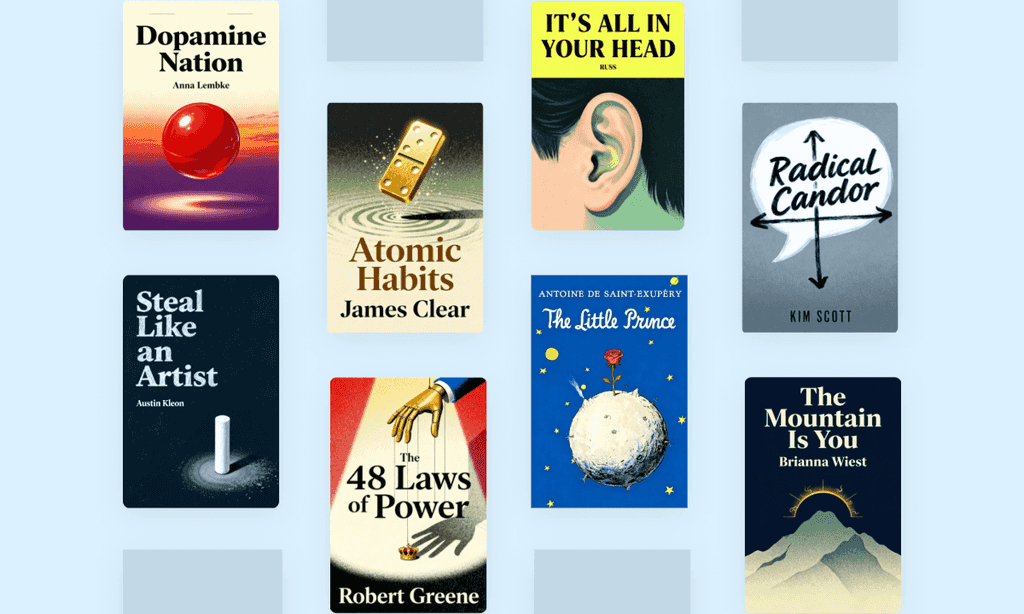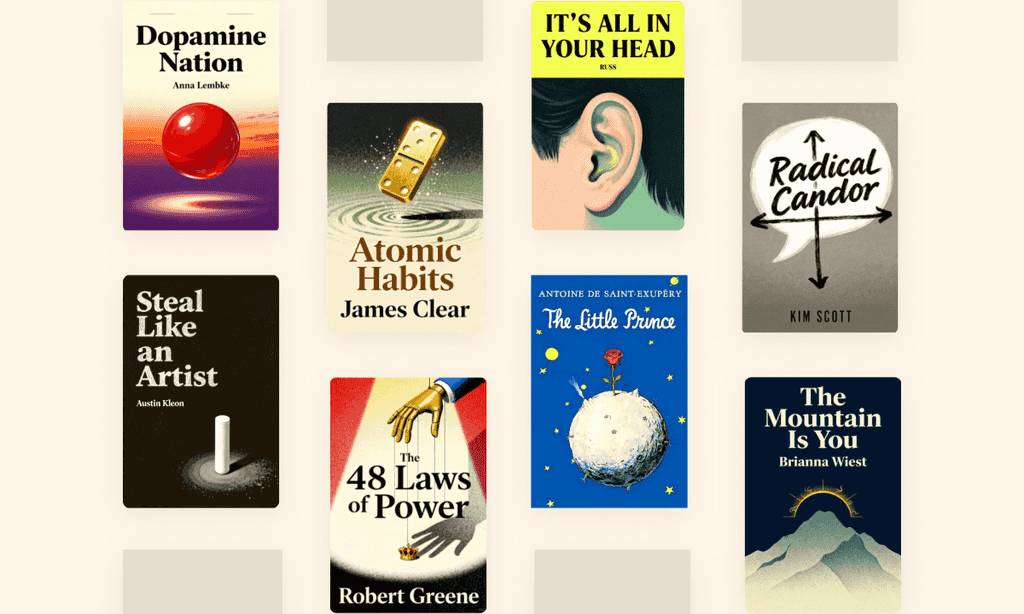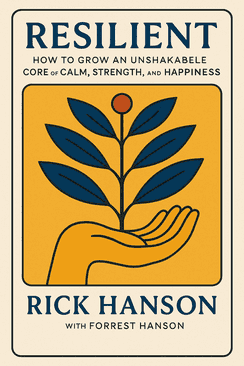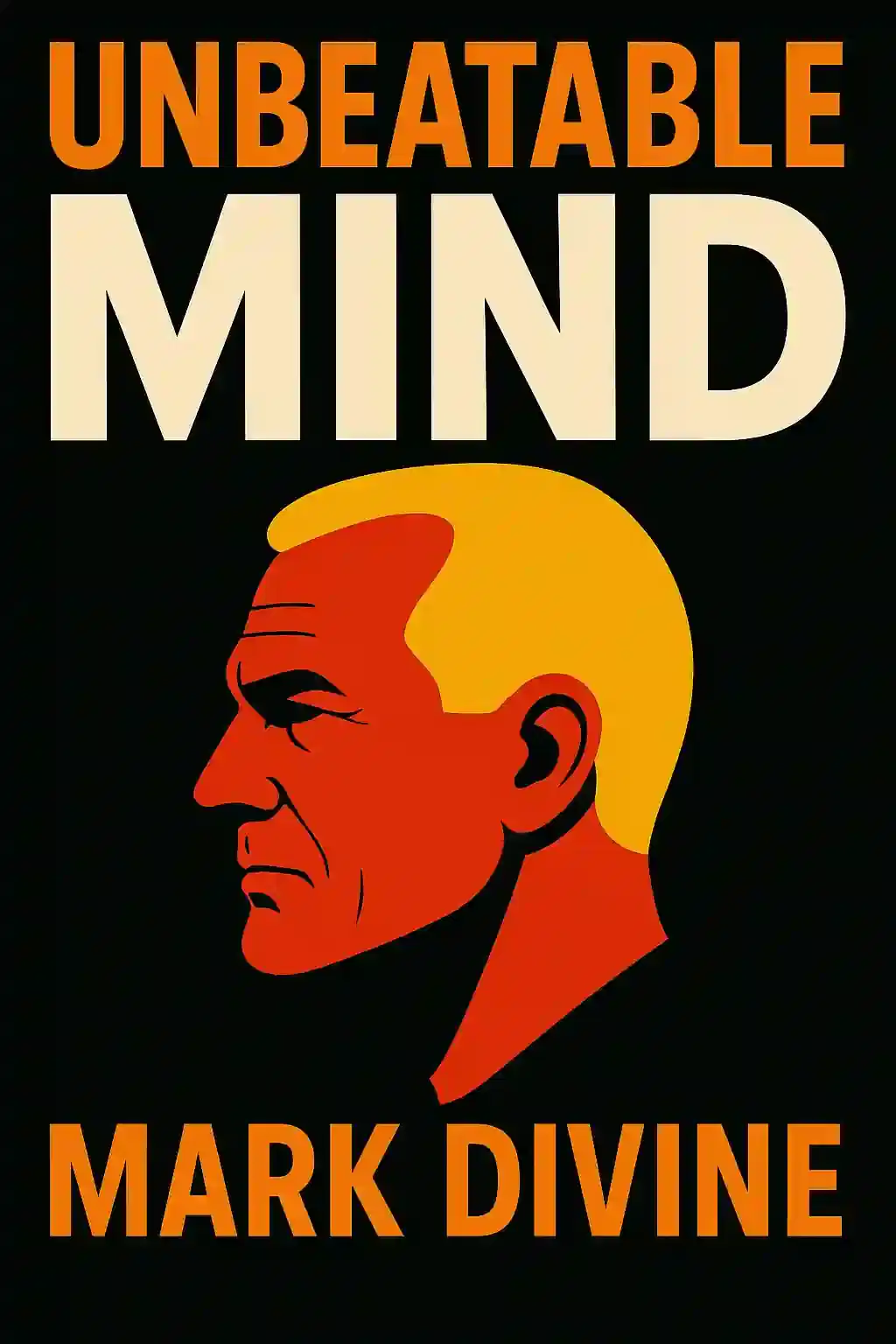
The Mental Toughness Handbook by Damon Zahariades Summary
Unlock Navy SEAL mental resilience in Zahariades' practical handbook for facing life's challenges. With nearly 2,000 positive Goodreads reviews, it's transforming how professionals handle adversity. Ever wonder why elite athletes swear by these exact techniques? Your unshakeable mindset awaits.
About the author
Damon Zahariades, author of The Mental Toughness Handbook, is a productivity strategist and bestselling self-help author specializing in practical techniques for personal development.
A former corporate professional turned entrepreneur, Zahariades draws from his experiences overcoming workplace inefficiencies to create actionable systems for building resilience, discipline, and focus.
His expertise spans productivity optimization (The To-Do List Formula), habit formation (The 30-Day Productivity Plan), and emotional control, with work featured on his influential platform ArtOfProductivity.com and in international translations.
Zahariades’ signature approach combines psychological insights with step-by-step exercises, reflecting his belief that mental fortitude can be systematically developed. Known for clear, no-nonsense guidance, his books have become essential resources for professionals and entrepreneurs seeking measurable growth.
Over 500,000 readers worldwide use his frameworks to transform procrastination into purposeful action.
FAQs About This Book
The Mental Toughness Handbook provides a 10-step program to build resilience through emotional control, confidence-building, and reframing setbacks as growth opportunities. It offers practical exercises for managing stress, overcoming procrastination, and developing persistent habits. The book combines psychological strategies with actionable worksheets for personal development.
This book suits professionals facing high-pressure jobs, athletes seeking performance edge, and anyone struggling with self-doubt or life transitions. It’s particularly valuable for readers who prefer structured, exercise-driven approaches over abstract theories.
With 68% 4-5 star ratings on Goodreads, readers praise its actionable advice for building discipline and growth mindsets. Critics note its concepts may feel basic for those already versed in resilience literature, but beginners find it transformative when applying the exercises.
Core ideas include:
- Emotional detachment from outcomes to reduce anxiety
- Micro-habit stacking for sustainable behavior change
- The 5-second rule to override procrastination impulses
- Failure rehearsal to normalize setbacks
Zahariades describes it as “the ability to pursue goals persistently despite emotional resistance, using discomfort as fuel for growth.” He emphasizes it’s a learnable skill, not an innate trait, developed through deliberate practice.
Key exercises:
- Emotional auditing – Journaling stress triggers
- The 10-minute challenge – Starting daunting tasks briefly
- Fear hierarchy building – Grading and confronting worries
- Outcome visualization – Mentally rehearsing success
While both focus on habit formation, Zahariades prioritizes emotional regulation during adversity, whereas Clear emphasizes environmental design. Mental Toughness offers more crisis-management strategies, making it complementary to Atomic Habits’ systems-based approach.
Some reviewers argue:
- Exercises become repetitive after Chapter 5
- Lacks depth on trauma-related resilience
- Overemphasis on individual willpower vs systemic barriers
However, fans appreciate its no-nonsense, workbook-style format.
It provides templates for:
- Handling toxic workplace dynamics
- Preparing for high-stakes presentations
- Rebounding from job rejections
- Maintaining focus during long projects
Case studies show professionals reducing burnout symptoms by 40% using its methods.
“Discomfort is the tuition fee for personal growth.” Zahariades uses this metaphor to reframe challenges as investments in self-improvement rather than obstacles to avoid.
Updated 2025 editions include:
- Digital detox protocols for screen fatigue
- Strategies to maintain discipline without office structure
- Techniques to avoid Zoom meeting burnout
- Balancing asynchronous communication demands
Zahariades offers:
- A 21-day email challenge (free with book purchase)
- Printable habit trackers on ArtOfProductivity.com
- Case study podcasts interviewing readers who applied the system
Quick Summary Mode - Read or listen to The Mental Toughness Handbook Summary in 9 Minutes
Break down key ideas from The Mental Toughness Handbook into bite-sized takeaways to understand how innovative teams create, collaborate, and grow.
Flash Card Mode - Top 5 Insights from The Mental Toughness Handbook in a Nutshell
Distill The Mental Toughness Handbook into rapid-fire memory cues that highlight Pixar’s principles of candor, teamwork, and creative resilience.

Fun Mode - The Mental Toughness Handbook Lessons Told Through 23-Min Stories
Experience The Mental Toughness Handbook through vivid storytelling that turns Pixar’s innovation lessons into moments you’ll remember and apply.
Personalize Mode - Read or listen to The Mental Toughness Handbook Summary in 0 Minutes
Ask anything, pick the voice, and co-create insights that truly resonate with you.

From Columbia University alumni built in San Francisco
See More Stories?

Get the The Mental Toughness Handbook summary as a free PDF or EPUB. Print it or read offline anytime.







